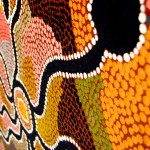The History of Meditative Art
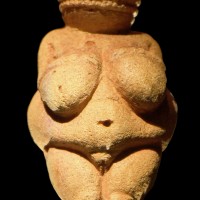
The history of meditative art is long, deep and wide. It has no real beginning or end. Meditative Art is an expression of love, from lover to beloved.
It will be an ignorant attempt to try to research and convey the history of Meditative Art as a whole; therefore, here is only a very minute, inspiring collection of Meditative Artworks, forms and approaches, selected from a variety of cultures, religions and spiritual paths worldwide.
Since our primary attempt here is to have an overall view of different meditative artworks for interest, inspiration and educational purposes, we will look into only a very few of the endless Meditative Artworks and art fields related.
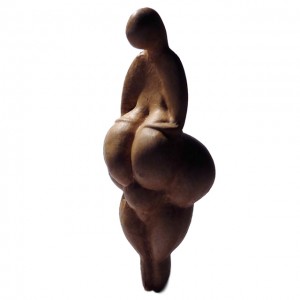
Since time immemorial, wherever and whenever there were people, they had a relationship with the Divine, which they wanted to express through creativity. The history of mankind and the history of Meditative Art is one. Its records start from prehistoric times (the Stone Age to the Metal Age), with cave paintings, mud sculpting and handicraft work of small useful objects (jewelry and vessels). At this time in history, religions had already started to develop.
Prehistoric Time
Among the known ancient archaeological discoveries of artwork are small figurine idols of the Goddess, which are collectively referred to as “Venus” figurines.
Venus of Hohle Fels & Venus of Willendorf
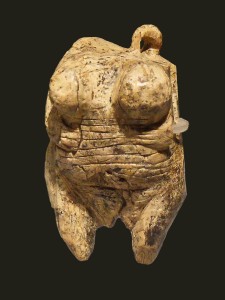
Most known of these figurines are: ‘Venus of Hohle Fels’ and ‘Venus of Willendorf’, which are believed to be around 40,000 years old. These, and other similar figurines, are believed to have been used in fertility cults or in different forms of worship of the Divine Mother-Goddess.
Venus of Hohle Fels figurine, made of mammoth ivory, Aurignacian, from 35-40000 years, is recognized as the oldest artwork known to man. She is about the size of 6 cm (2.4 inch). Surprisingly, she was found quite recently, in 2008 at the “Hohle Fels” – “A hollow cave or rock” near Schwabische, Germany.
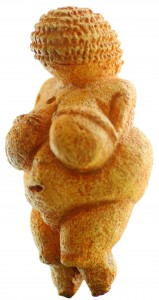
Venus of Willendorf is 11 cm, made of Oolitic Limestone. It is believed that she was created around 24000-22000 B.C . She was discovered in 1908 near Willendorf, Austria. She now ‘lives’ in the Natushistorisches Museum, Vienna. (Image source: Matthias Kabel)
There is a large variety of similar Goddess-like figurines that have been found from the prehistoric time. They capture within them so much and they are simply fascinating in many ways: their shape and form, the materials that they are made from, as well as the way in which they were used.
Text From our first book: Meditative Art – Theory & Practice



